Thank you dear subscribers, we are overwhelmed with your response.
Your Turn is a unique section from ThePrint featuring points of view from its subscribers. If you are a subscriber, have a point of view, please send it to us. If not, do subscribe here: https://theprint.in/subscribe/
Becoming a Critical Reader
“There are three kinds of lies: lies, damned lies, and statistics.” The origin of the statement is not known, but that is a moot point. Its relevance in today’s world should not skip our minds though.
Even before the advent of social media there were enough news and articles published and widely read in the country. However, the advent of social media has released the ultimate farrago of information, misinformation, manipulation, and post-truth narratives which is often mind boggling and overwhelming. It, thus, becomes critical that we, the readers, are careful in reading what is written and hearing what is spoken. I have tried to present some such examples in the write up to show what a reader should look for while reading a “data point”.
Comparing Chalk and Cheese, the Lookalikes
Let us note the following statement: “The water use of a Eucalyptus plantation has been found to be 785 litres/kg of total biomass, which is one of the lowest if compared with tree species such as Acacia (1,323 litres/kg), Dalbergia (1,484 litres/kg) and agricultural crops such as paddy rice (2,000 litres/kg) and cotton (3,200 litres/kg).” (Why Eucalyptus?, Down To Earth, 23 Apr 2018)
The author has compared Eucalyptus not just with other trees but also with rice and cotton. And the parameter chosen is the one that conveniently suits Eucalyptus. On the other hand, if we pick the parameter of water consumption per calorific value, Eucalyptus will lose out. The comparison is probably because both are flora with economic value, but we should not compare a monkey and an elephant in their capabilities of climbing a tree just because both are mammals.
Also read: If you don’t wear glasses now, you probably will soon. It’s screen time pandemic myopia
The Trap of Stock and Flow Variables
A similar and one of the most deeply flawed comparisons is done by juxtaposing stock variables with flow variables. Note the following two statements:
“The NABARD All India Rural Financial Inclusion Survey shows that average agriculture household income was a mere Rs 8,931 per month in 2016-17.”
“On an average, rural households have a debt of Rs 91,852.”
It should be noted that while income is a flow variable, debt is a stock variable. Flow variables are defined for a period of time (a day, month, year, etc) while stock variables are defined at a point of time (on a particular day). Stock variables are also the results of accumulation through time – debt was not taken in a day, month, or year.
This method is used too frequently to show inequality. Note the following: “Indian billionaires’ wealth equals 15% of GDP” (Times of India, 22 Feb 2018). Again, wealth, a stock variable has been juxtaposed against GDP, a flow variable. The right comparison would be to compute total wealth of Indians (not income for a year, which GDP actually is) and then compare. However, there are pitfalls in doing that too and one typical example is Oxfam report.
Comparing Wealth – Understanding Capital Market
We have seen Oxfam reports too frequently – “Wealth of India’s richest 1% more than 4-times of total for 70% poorest”. What is often not stated is the fact that wealth of richest is computed on the basis of market valuation of their companies which are not tangible assets. So, Ronaldo may move a bottle and Coke may lose $4 billion. Elon Musk tweets and bitcoin responds. This is against the tangible assets held by the poorest in land, fiat currency, gold, etc. Understanding which data to compare and which not to, thus, becomes a critical component of informed reading.
Compare the Likes, not Alikes
One way to use correct data interpretation is to compare the likes, not alikes. There are two fundamental ways to do so.
First, while we should avoid comparing stock and flow variables, we can compare their ratios for different entities. E.g., we should avoid comparing wealth of billionaires to GDP, but we can compare ‘wealth of top 1%-to-GDP’ ratios of different countries for determining relative inequality amongst countries. This is because countries as entities are similarly placed while wealth and GDP are not.
Second, for better comparisons, we should look out for similarly placed entities. E.g., countries with huge population are bound to have low percentage of population vaccinated against CoVID and vice-versa. So, comparison of India with Israel or New Zealand is illogical and can only be with USA and China. Even this has pitfalls, but entities cannot be exactly placed in same situation, they can only be similarly placed.
The Writer is as Good as Reader
Accountability of our “reliable” sources of information, i.e., news media, is as important as checking veracity of social media messages. For this, it is necessary that we become enlightened readers. Ultimately, a product is defined by the consumer and, therefore, a writer can only be as good as the reader.
Also read: We remember more by reading – especially print – than from audio or video
These pieces are being published as they have been received – they have not been edited/fact-checked by ThePrint.



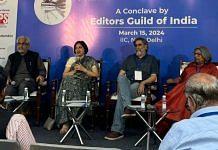
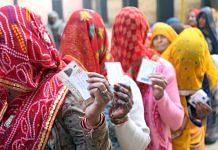




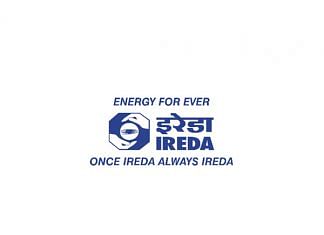
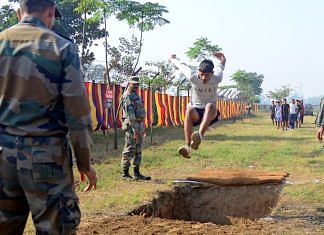
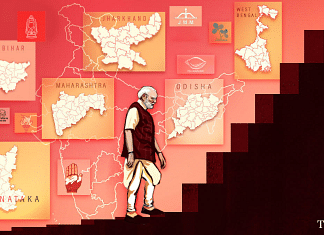
COMMENTS